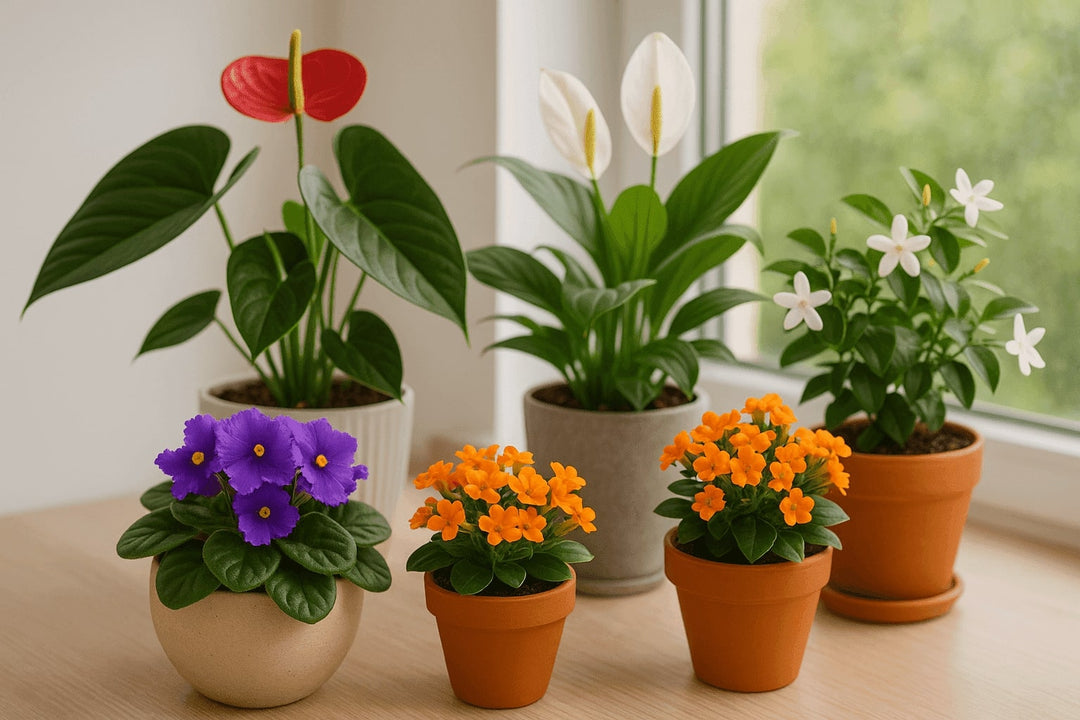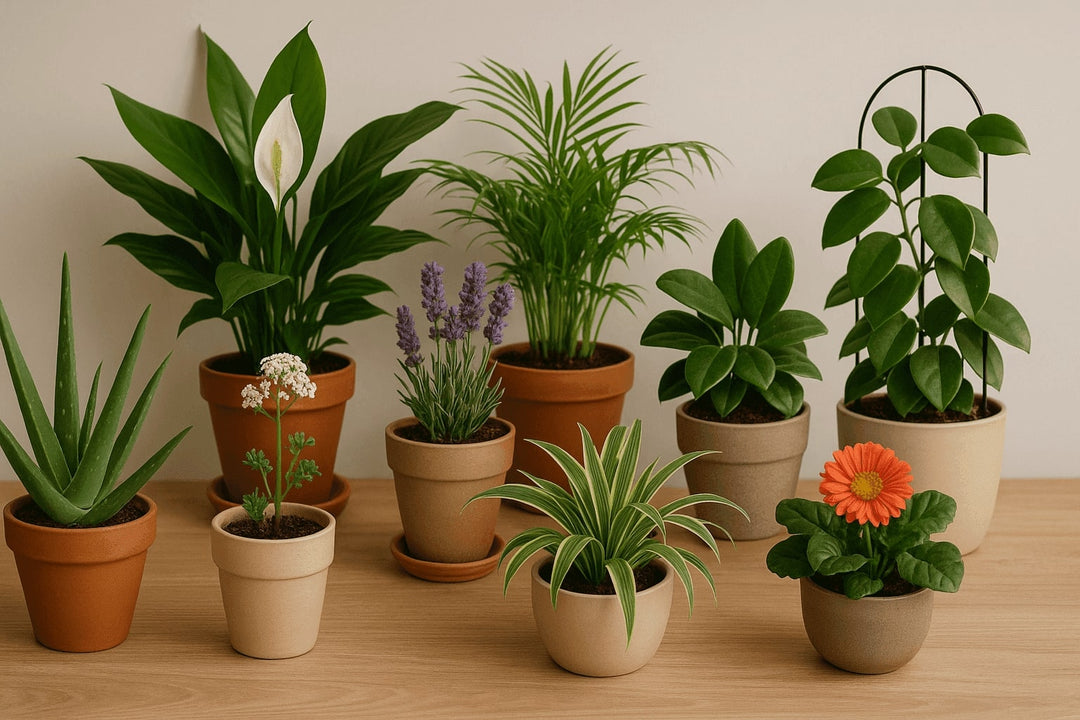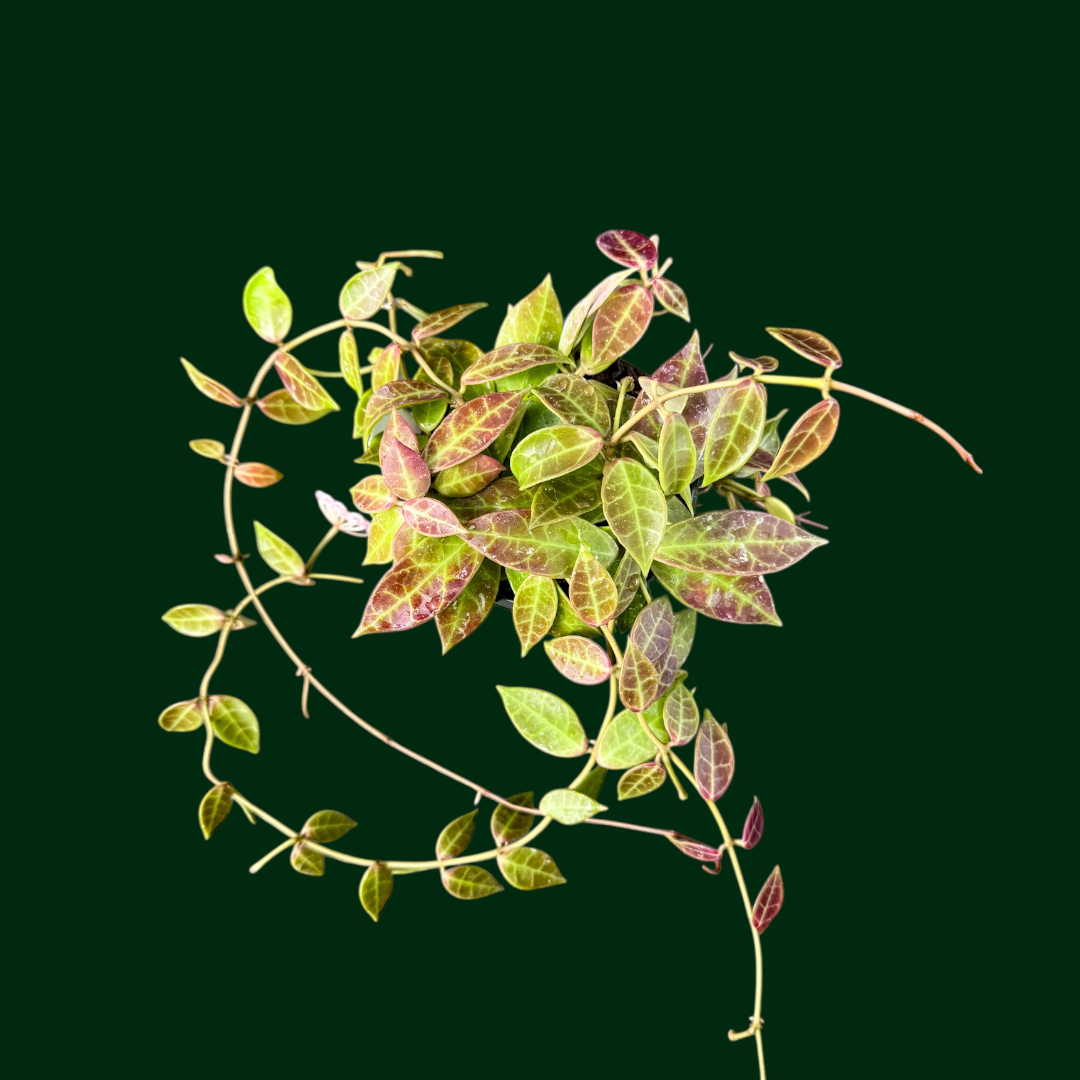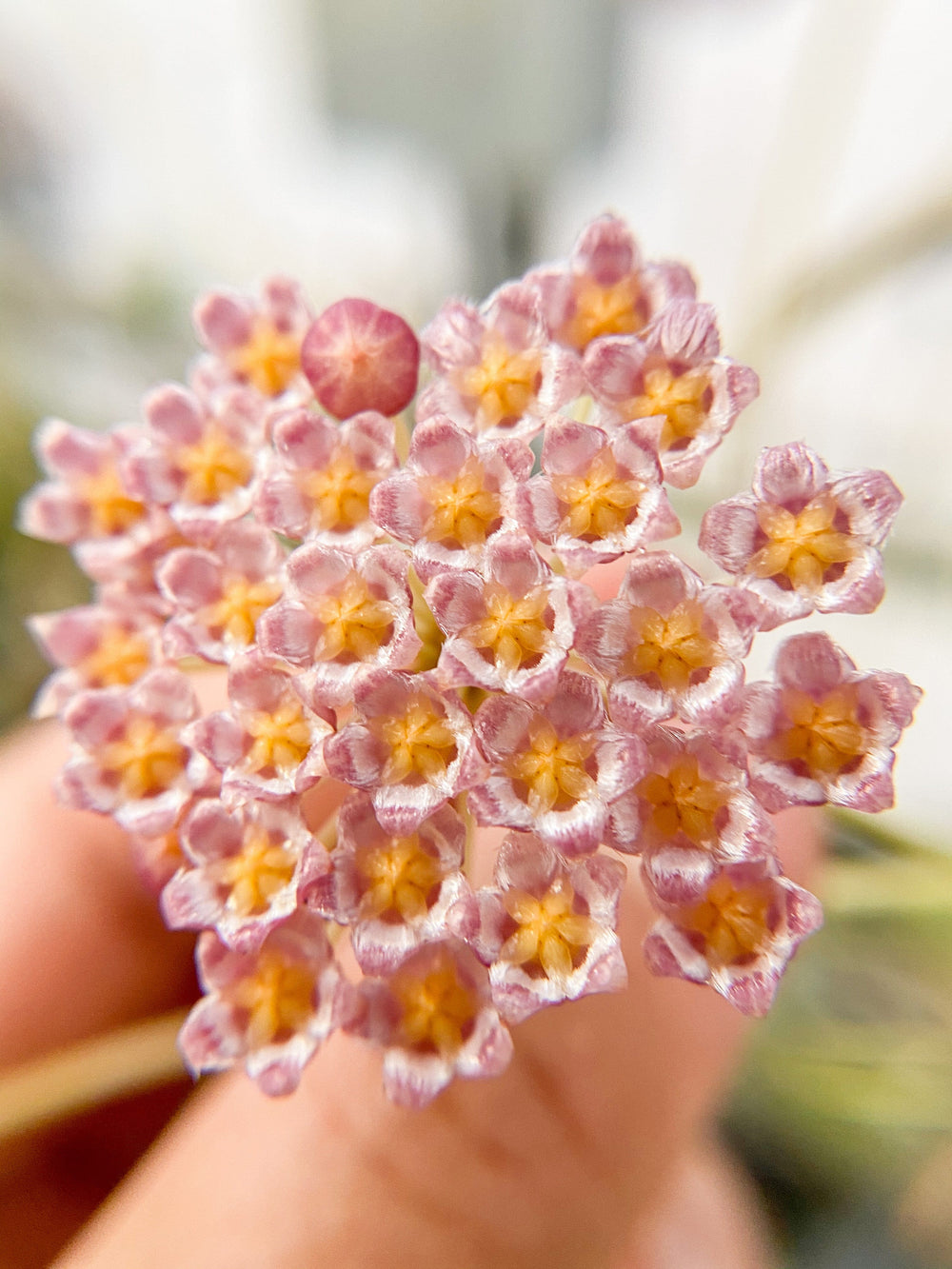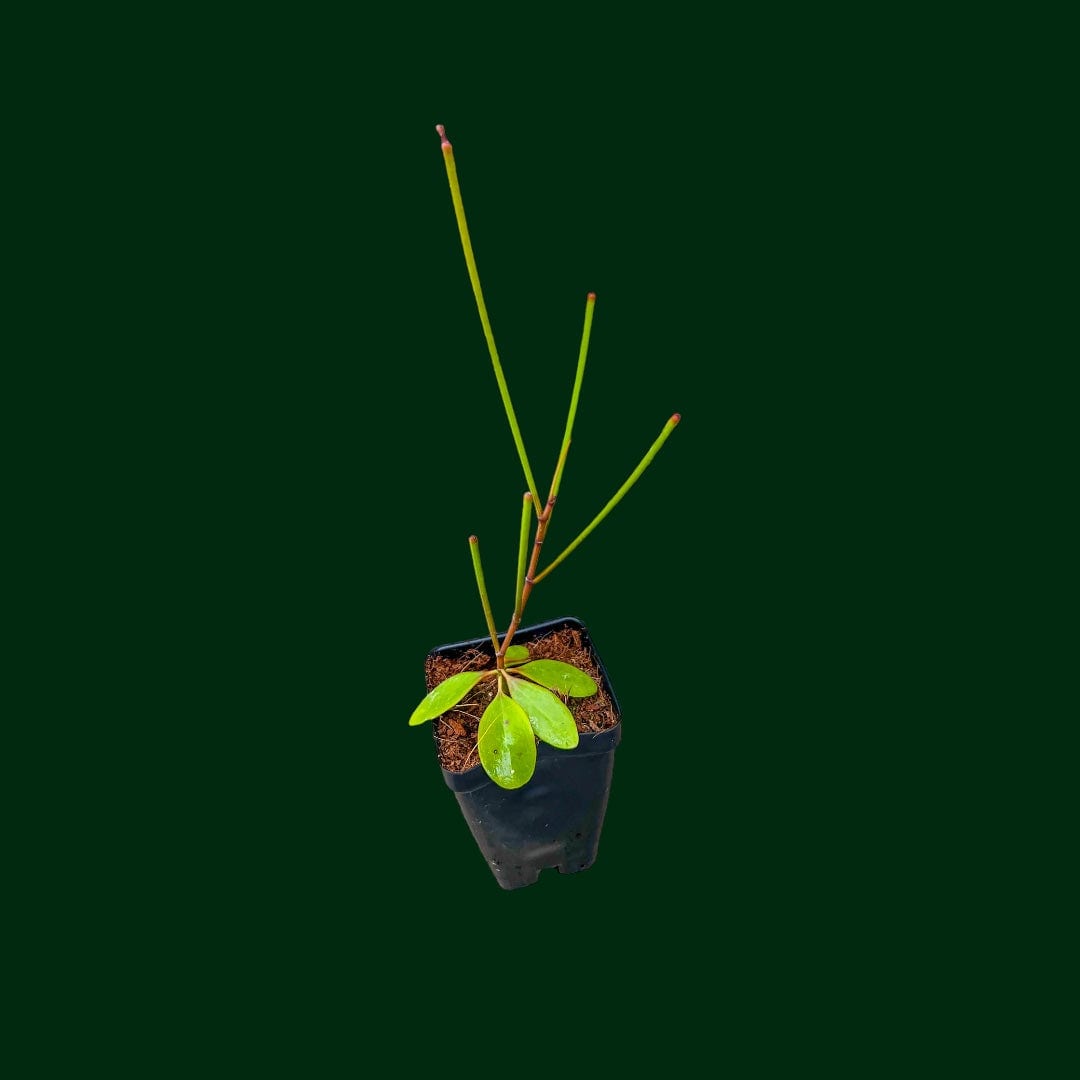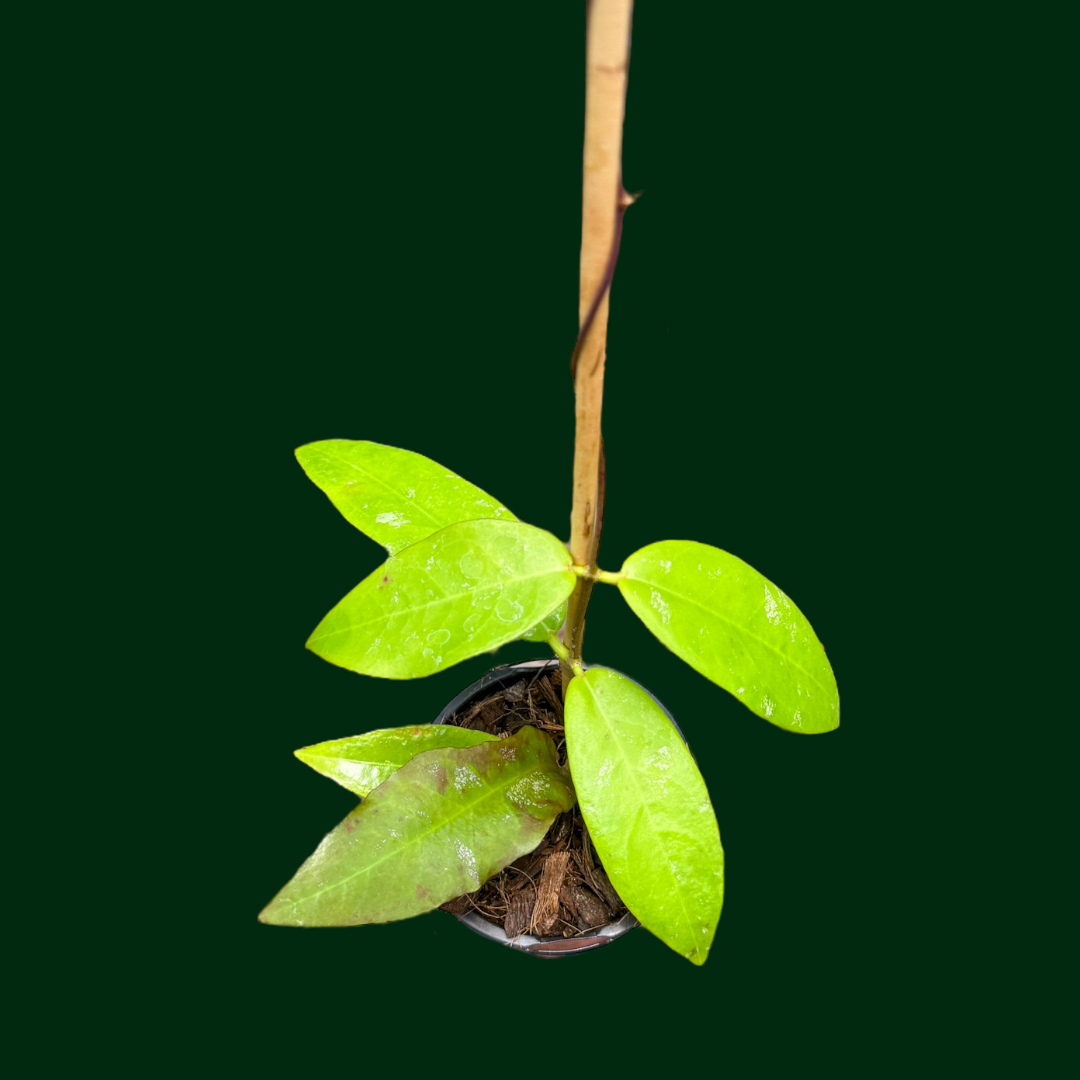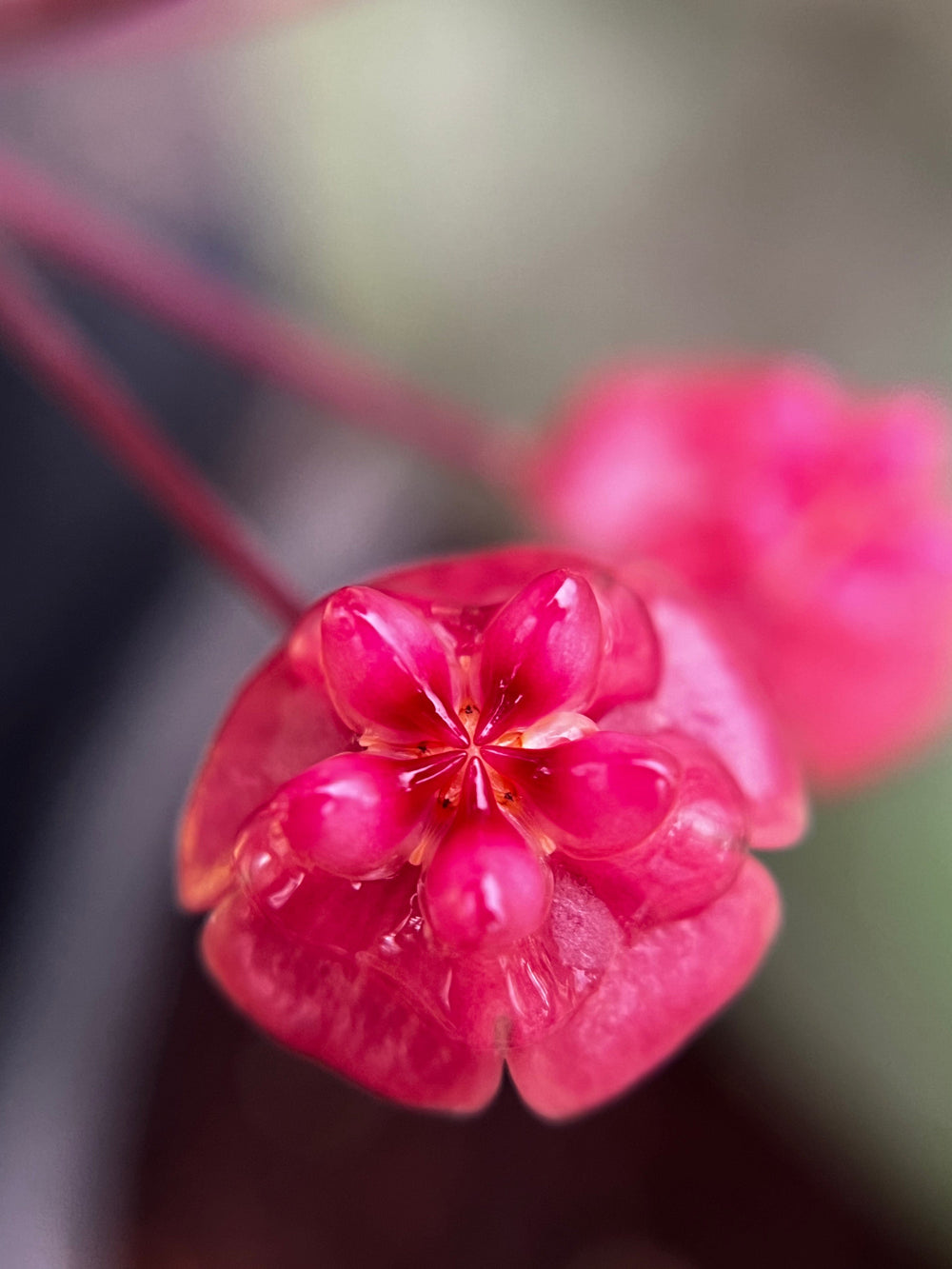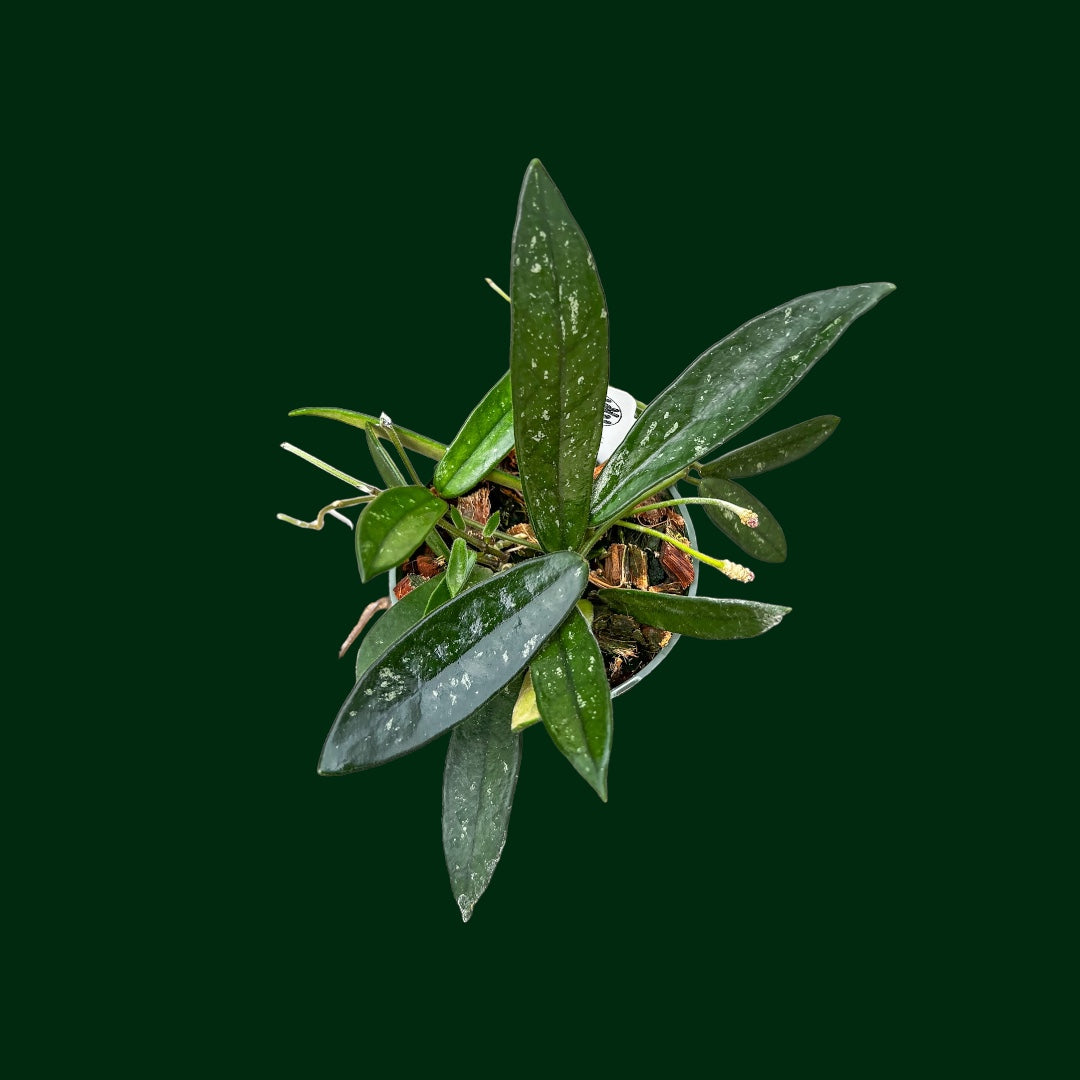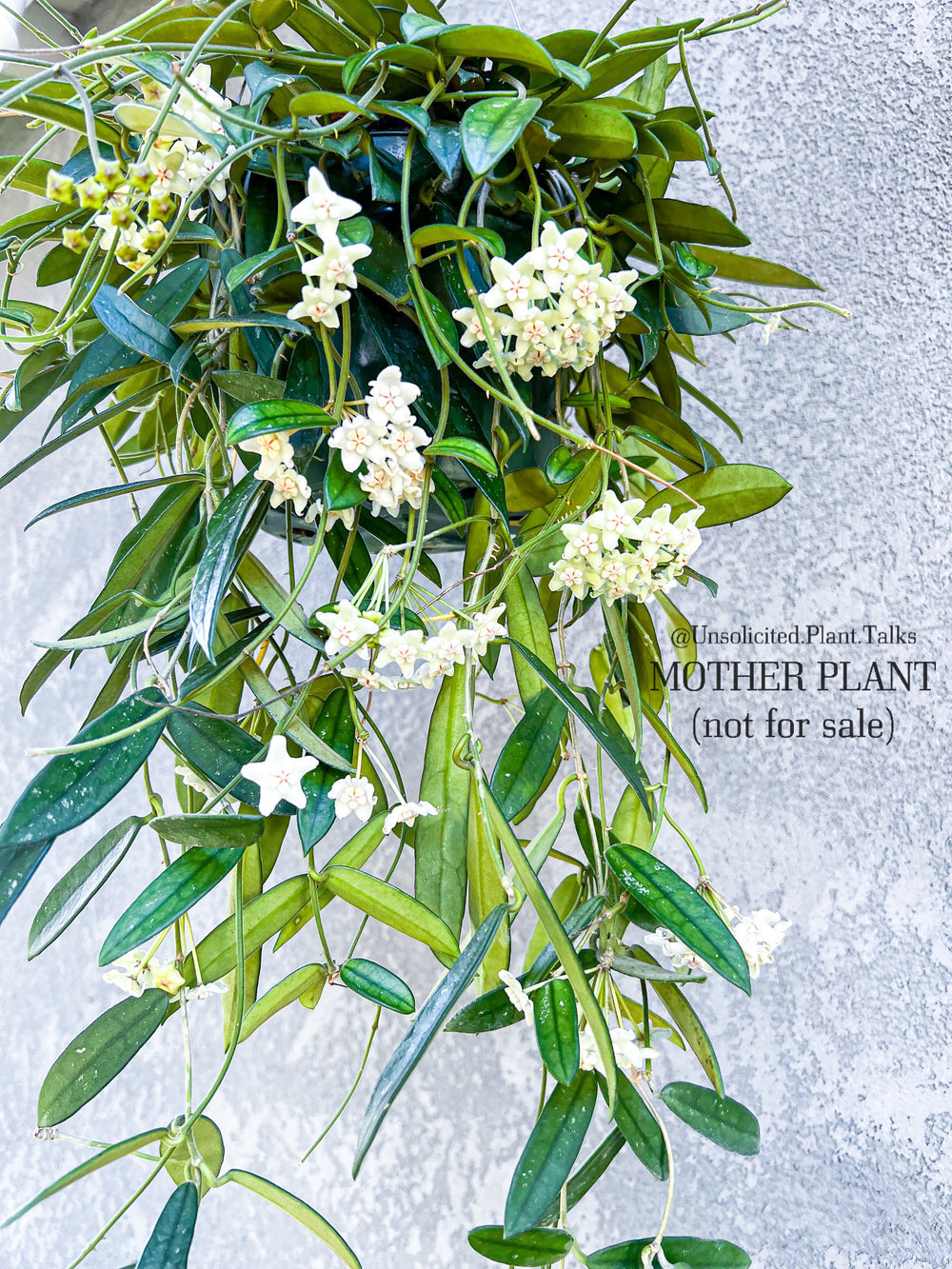How Often to Water Hoya Plant?
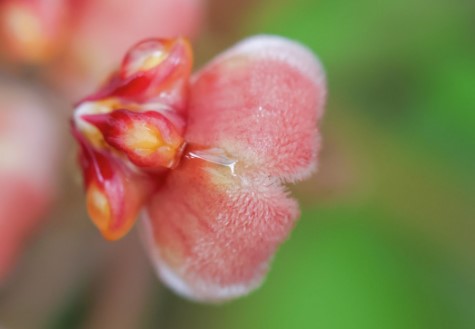
Table of Contents
- Hoyas’ Watering Needs
- What Factors Affect Hoyas’ Watering Frequency?
- Signs Your Hoya Needs a Drink
- Hoya Watering Techniques
- Tips to Maintain Optimal Hoya Hydration
- The Bottom Line
Hoyas have become a mainstay in many indoor gardens. But for new Hoya parents, one question often arises: how often should I water my Hoya? Unlike some houseplants with clear watering schedules, Hoyas thrive on a "less is more" approach. Understanding their unique needs is key to keeping them happy and healthy.
Read on and learn more about Hoya hydration as we explore the factors that influence watering frequency and provide practical tips to ensure your plant thrives.
Hoyas’ Watering Needs
Hoya plants are native to tropical regions of Southeast Asia and Australia, where they often grow epiphytically on trees or climb rock faces. These environments offer good air circulation and allow the plants to dry out quickly between rainfalls. This translates to their watering needs as houseplants: Hoyas prefer to dry out completely between waterings, making them more akin to succulents than traditional foliage plants.
Overwatering is a leading cause of problems for Hoyas. Their succulent leaves store water, and soggy soil can lead to root rot, a fungal disease that can be fatal to the plant.
What Factors Affect Hoyas’ Watering Frequency?
While there's no one-size-fits-all watering schedule for Hoyas, several factors influence how often they need a drink. Here are some key considerations:
- Pot size and material: Smaller pots dry out faster than larger ones. Similarly, terracotta pots promote faster evaporation compared to plastic pots.
- Soil mix: Well-draining soil mixes with good aeration allow excess water to drain away quickly, reducing the risk of root rot. Coco husk or a mix specifically formulated for cacti and succulents is ideal.
- Light conditions: Hoyas in brighter light conditions will require more water than those in lower light, as increased light leads to faster water usage through transpiration (release of water vapor through leaves).
- Temperature and humidity: Higher temperatures and lower humidity levels lead to faster drying of the soil, necessitating more frequent watering.
- Plant size and maturity: Large Hoyas with a robust root system can handle slightly longer periods between waterings compared to smaller, young plants.
- Season: During their active growing season (spring and summer), Hoyas may require watering more frequently than during the cooler winter months.
Remember - it's always better to underwater than overwater your Hoya. The plant can recover from a dry spell, but root rot caused by overwatering is often irreversible.
Signs Your Hoya Needs a Drink
Instead of relying on a set schedule, learn to read the signs your Hoya gives you to determine when it needs watering. Here are some key indicators:
- The soil test: This is the most reliable method. Stick your finger into the soil up to the second knuckle. If it feels dry to the touch, it's time to water.
- The weight test: Pick up your Hoya pot when the soil is dry. The pot will feel significantly lighter when it's ready for watering.
- The leaf test: Hoyas with slightly wrinkled or floppy leaves are likely thirsty. However, severe wilting can indicate a more serious problem.

Remember - Don't rely solely on leaf appearance, as underwatering and other factors can also cause slight wrinkling.
Hoya Watering Techniques
Once you've determined your Hoya needs water, the key is to water it thoroughly. Here's how:
- Soak the soil: Water the plant slowly and evenly until water runs out of the drainage holes. This ensures all the roots receive moisture.
- Avoid wet foliage: While misting the leaves occasionally is acceptable, avoid soaking the foliage during watering. This can promote fungal diseases.
- Empty the drainage tray: Never let your Hoya sit in water. Empty the drainage tray after watering to prevent waterlogging.
Tips to Maintain Optimal Hoya Hydration
While proper watering is crucial, maintaining good overall plant health contributes to healthy moisture management. Here are some additional tips:
- Provide good air circulation. Good air circulation around the plant helps prevent moisture buildup and reduces the risk of fungal diseases.
- Fertilize sparingly. Overfertilization can stress the plant and make it more susceptible to root rot. Use a balanced fertilizer diluted to half strength during the growing season.
- Repot when necessary. As your Hoya grows, it may need repotting into a slightly larger pot with fresh, well-draining soil mix.
The Bottom Line
By understanding your Hoya's unique watering needs and adopting a "less is more" approach, you can ensure your plant thrives for years to come. With a little practice and attentiveness, you'll master the art of watering your Hoya and be rewarded with a healthy, thriving plant that will bring beauty and fragrance to your home for years to come.



